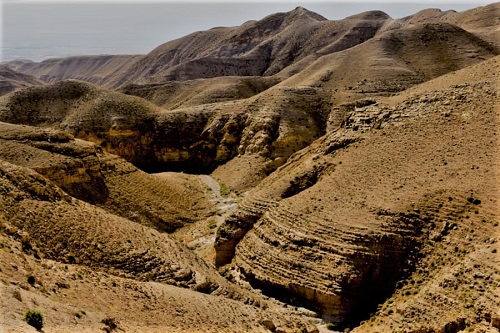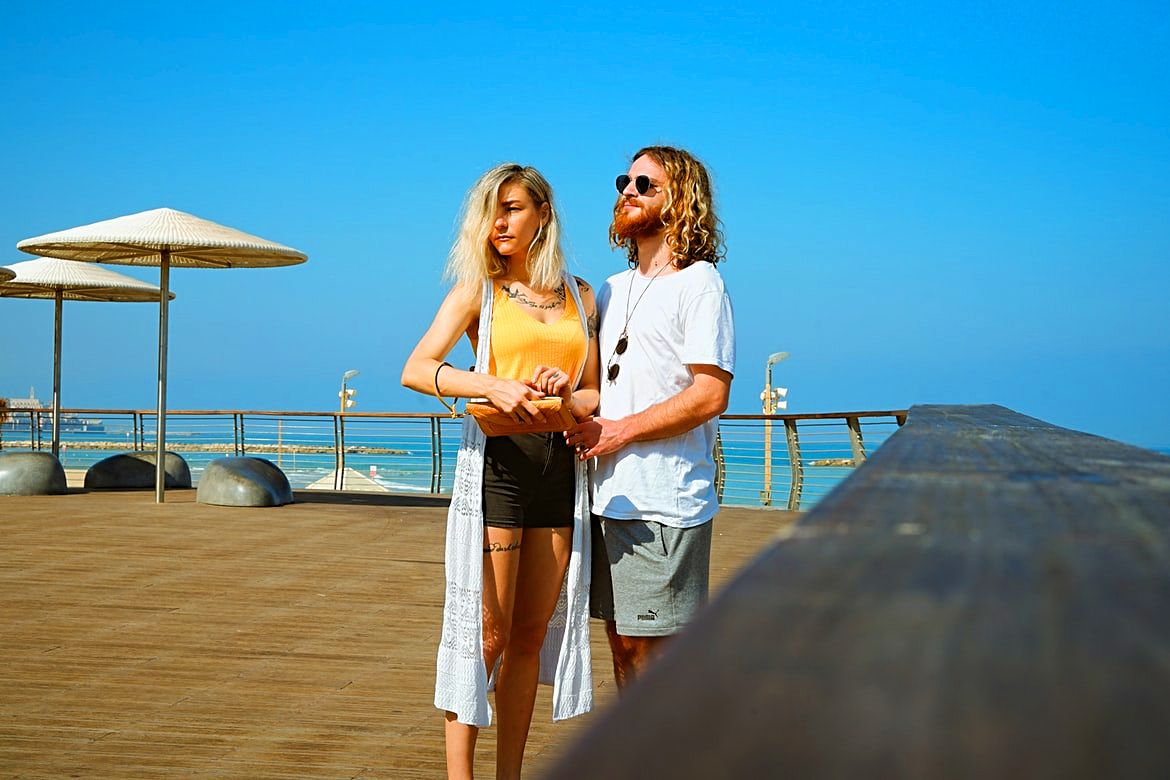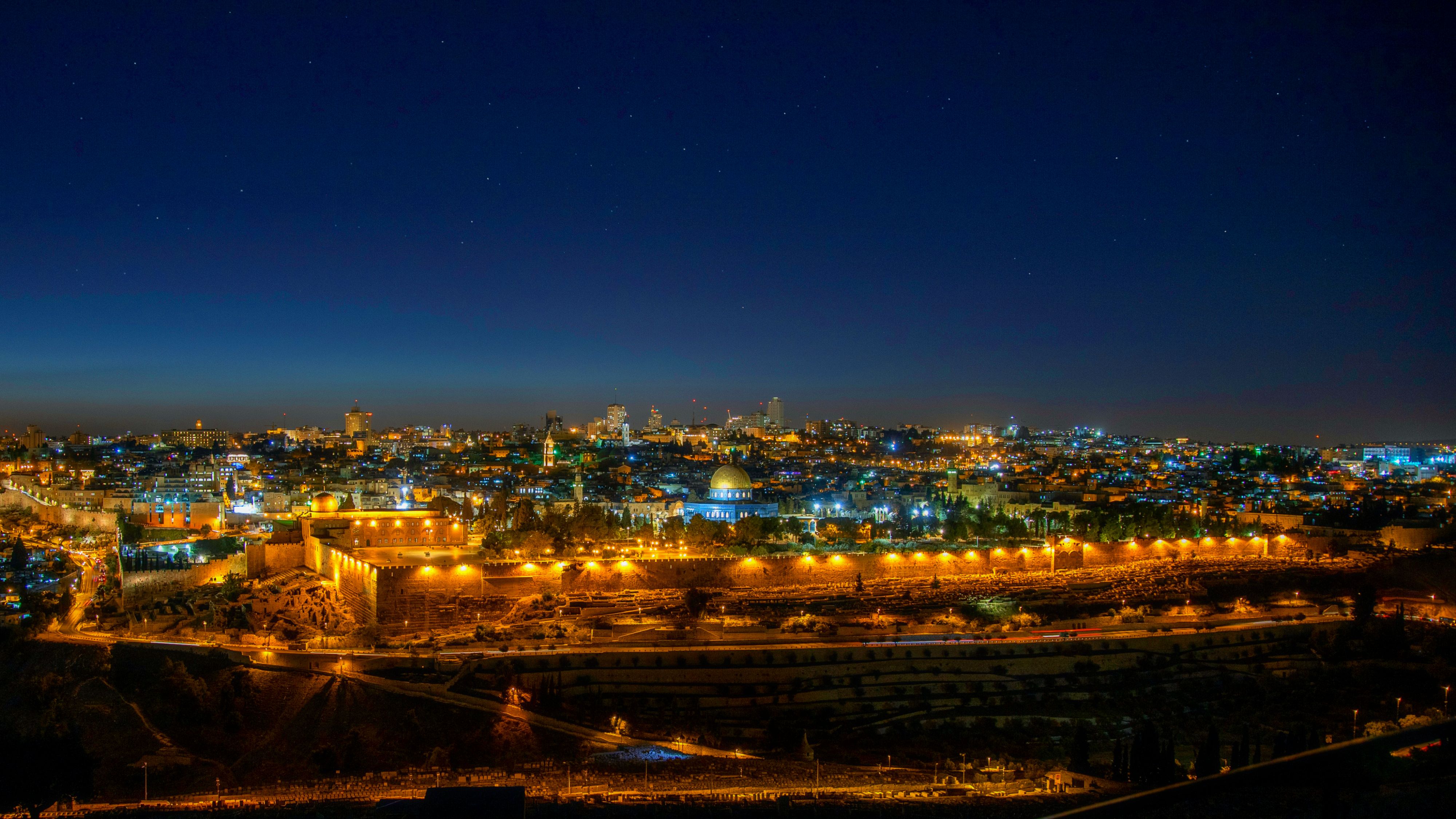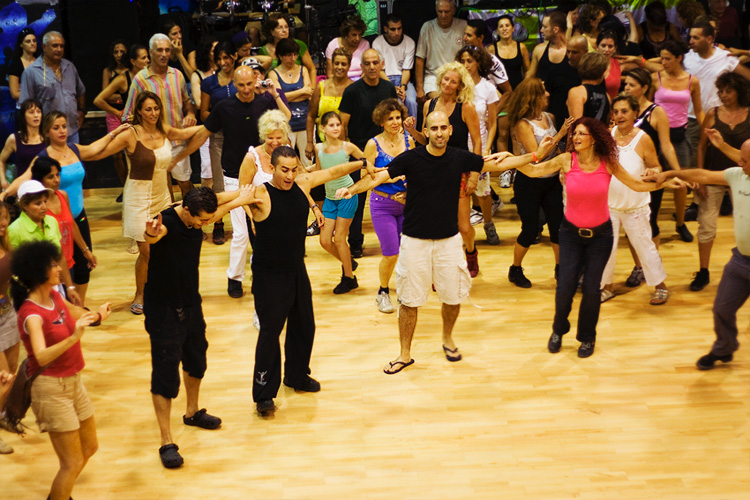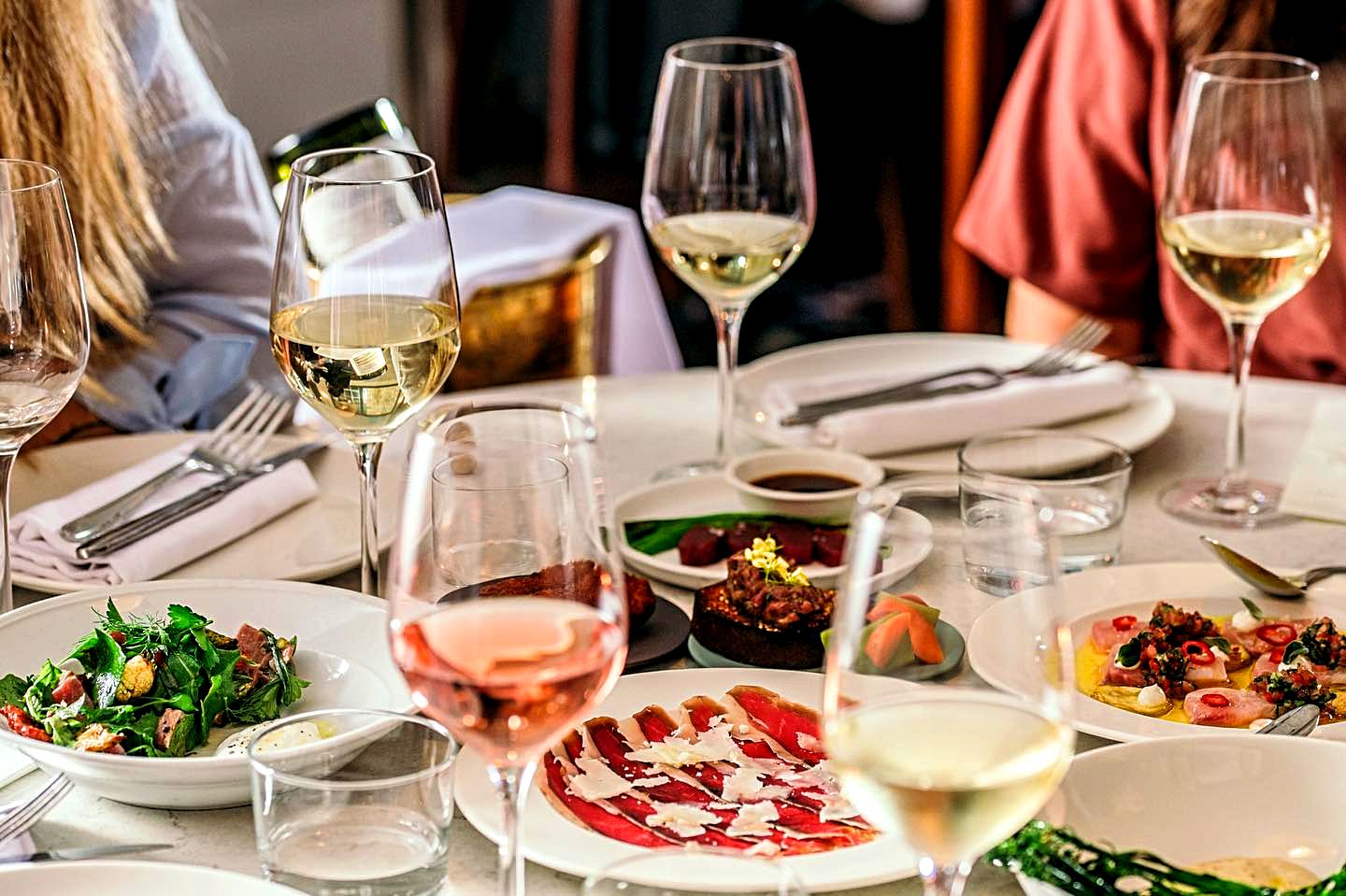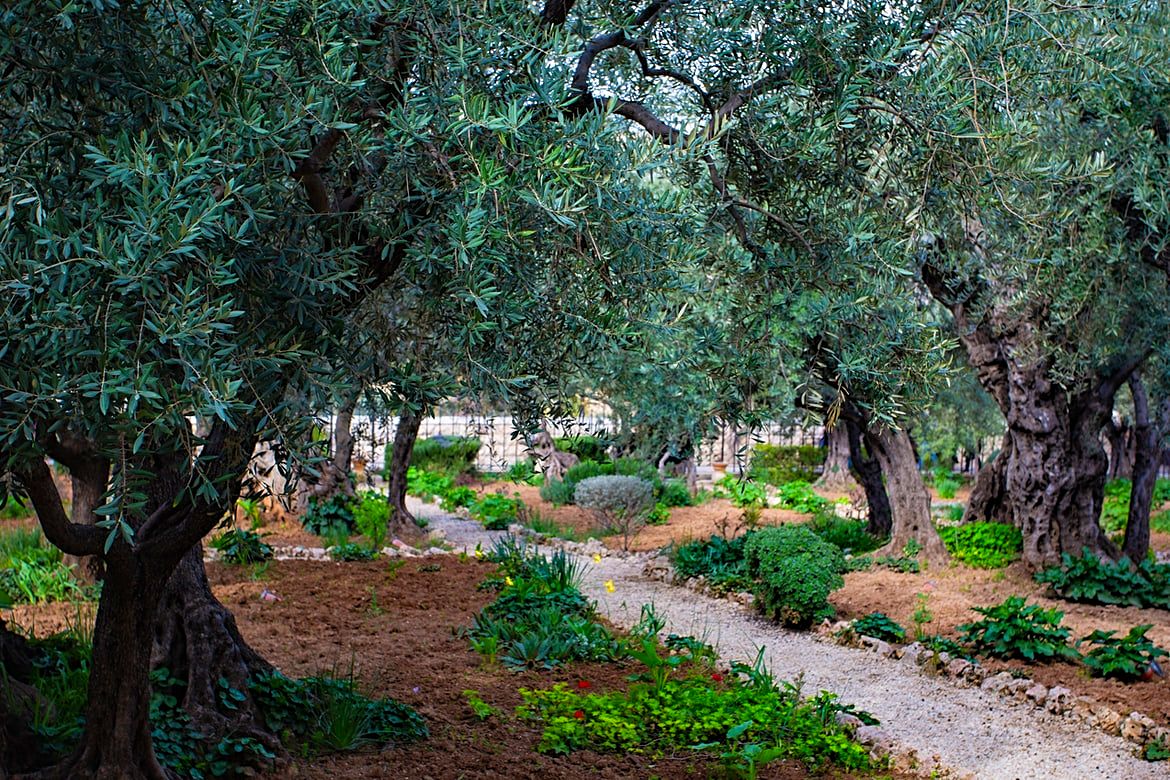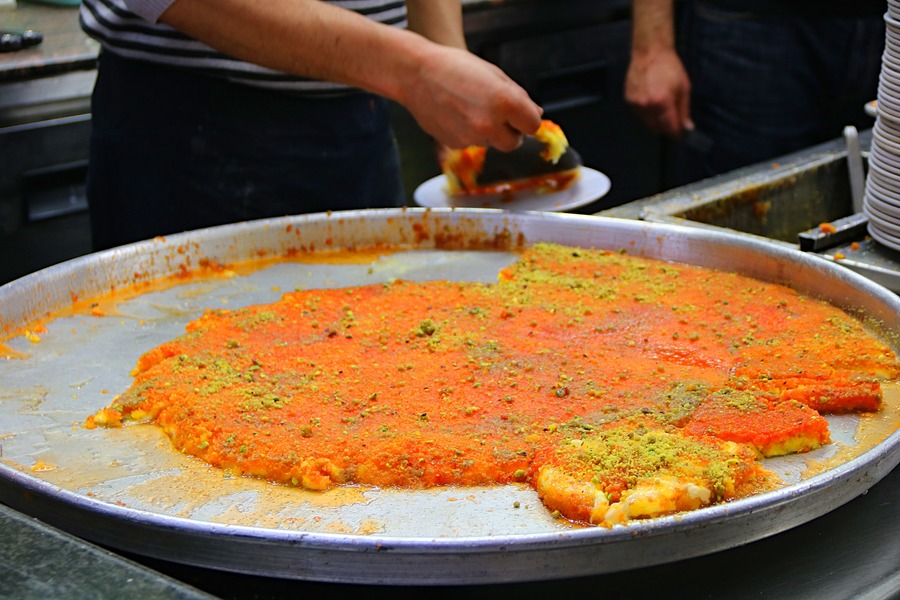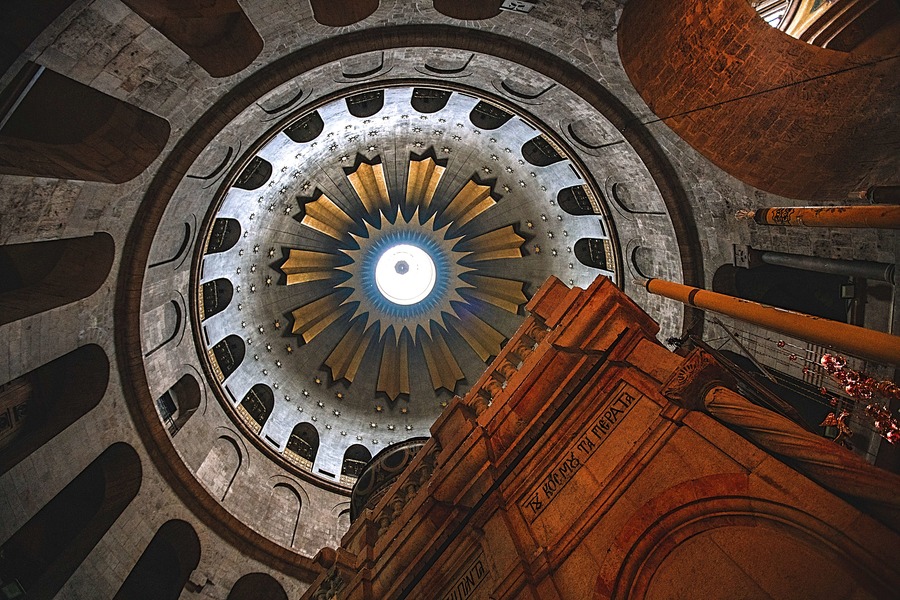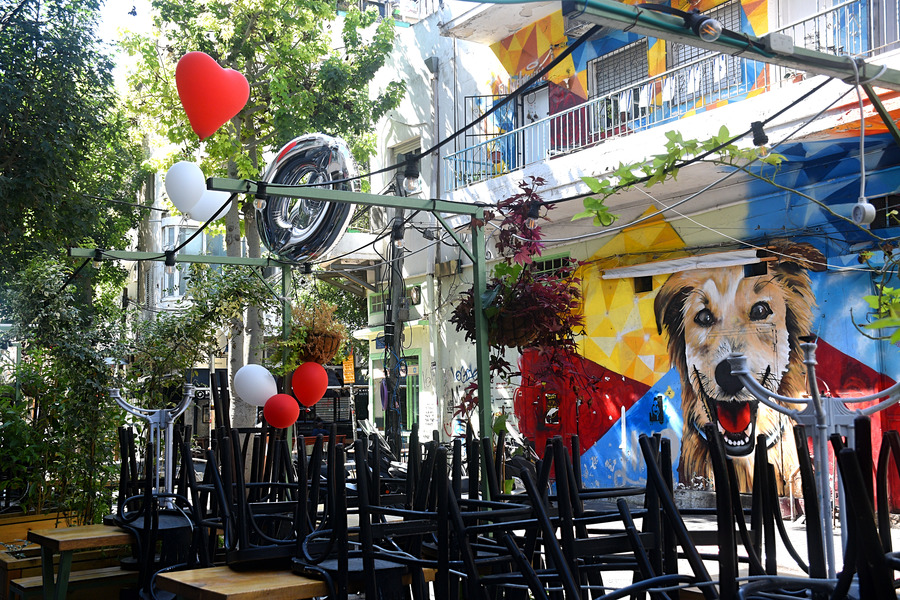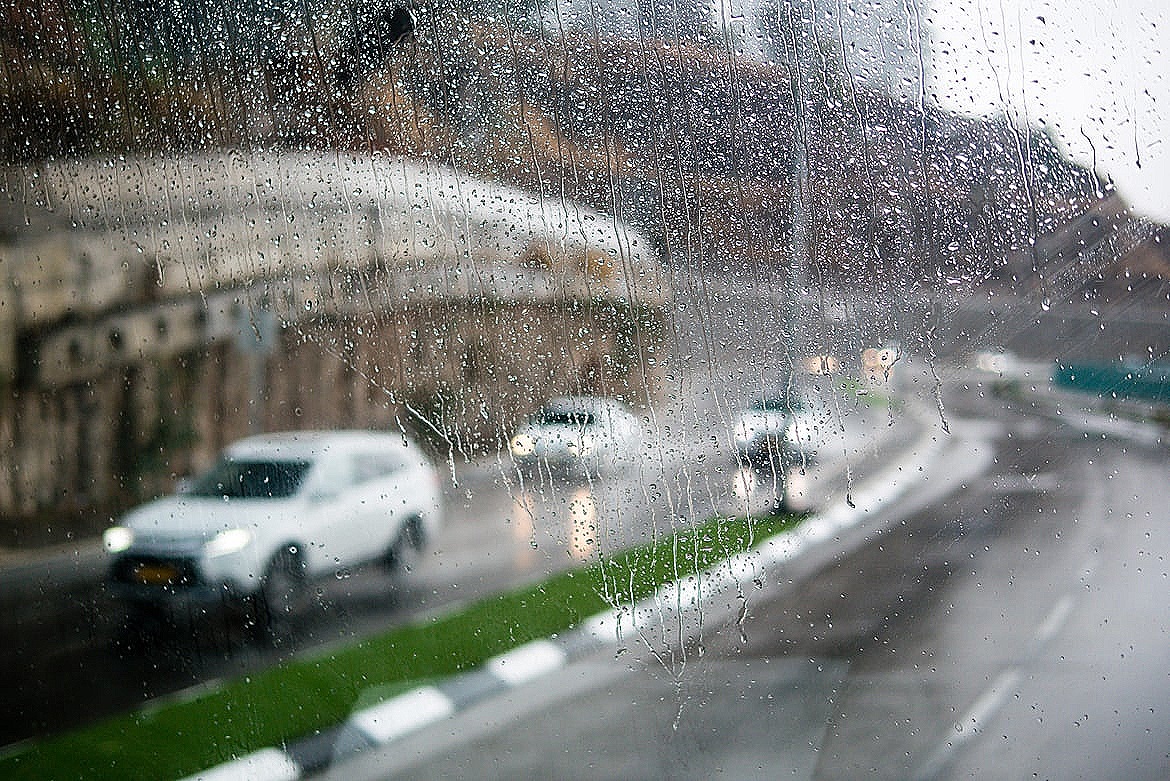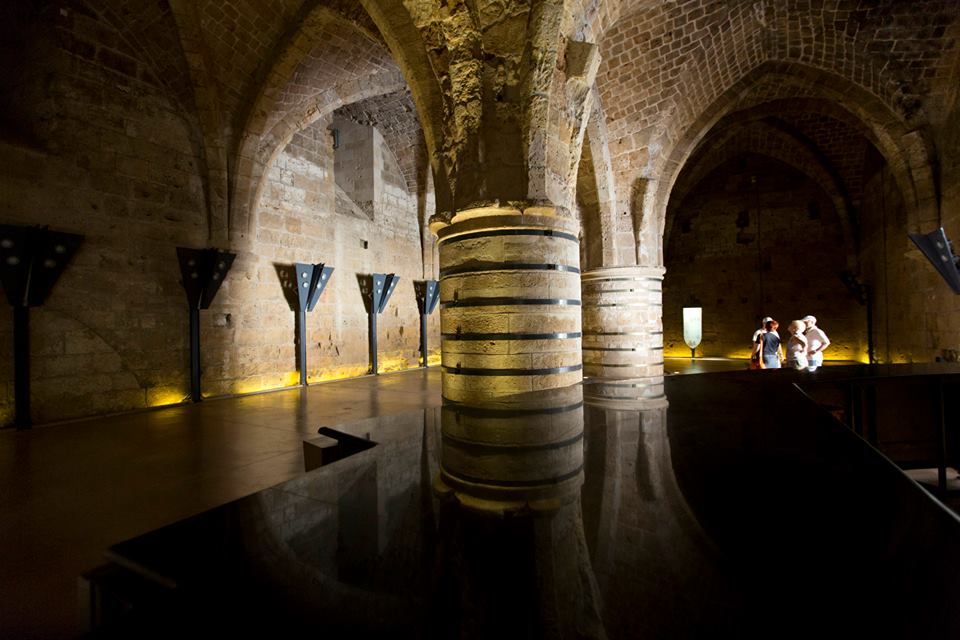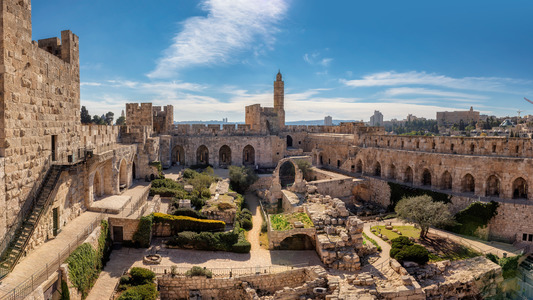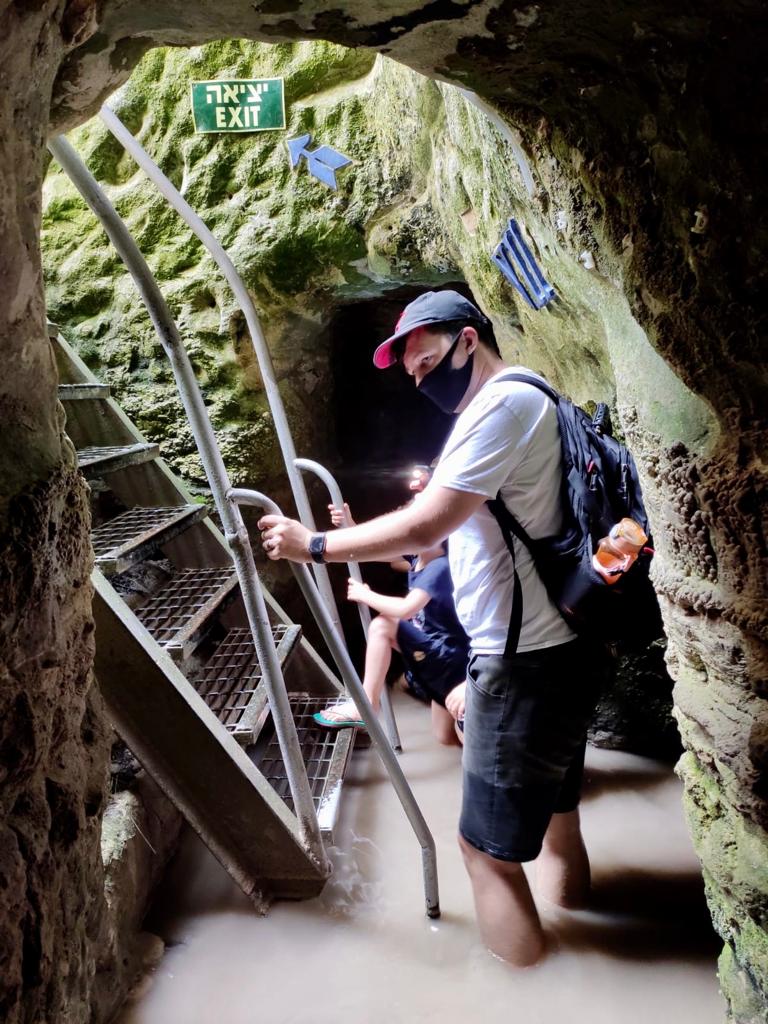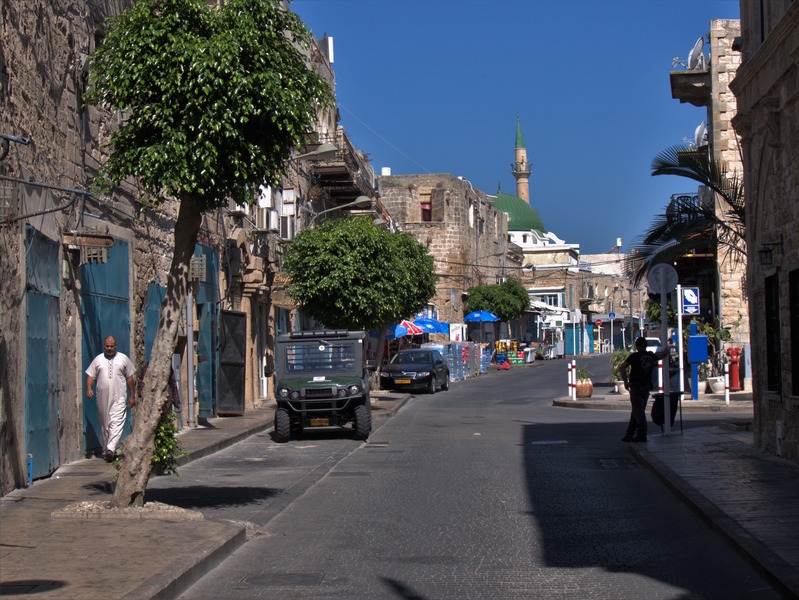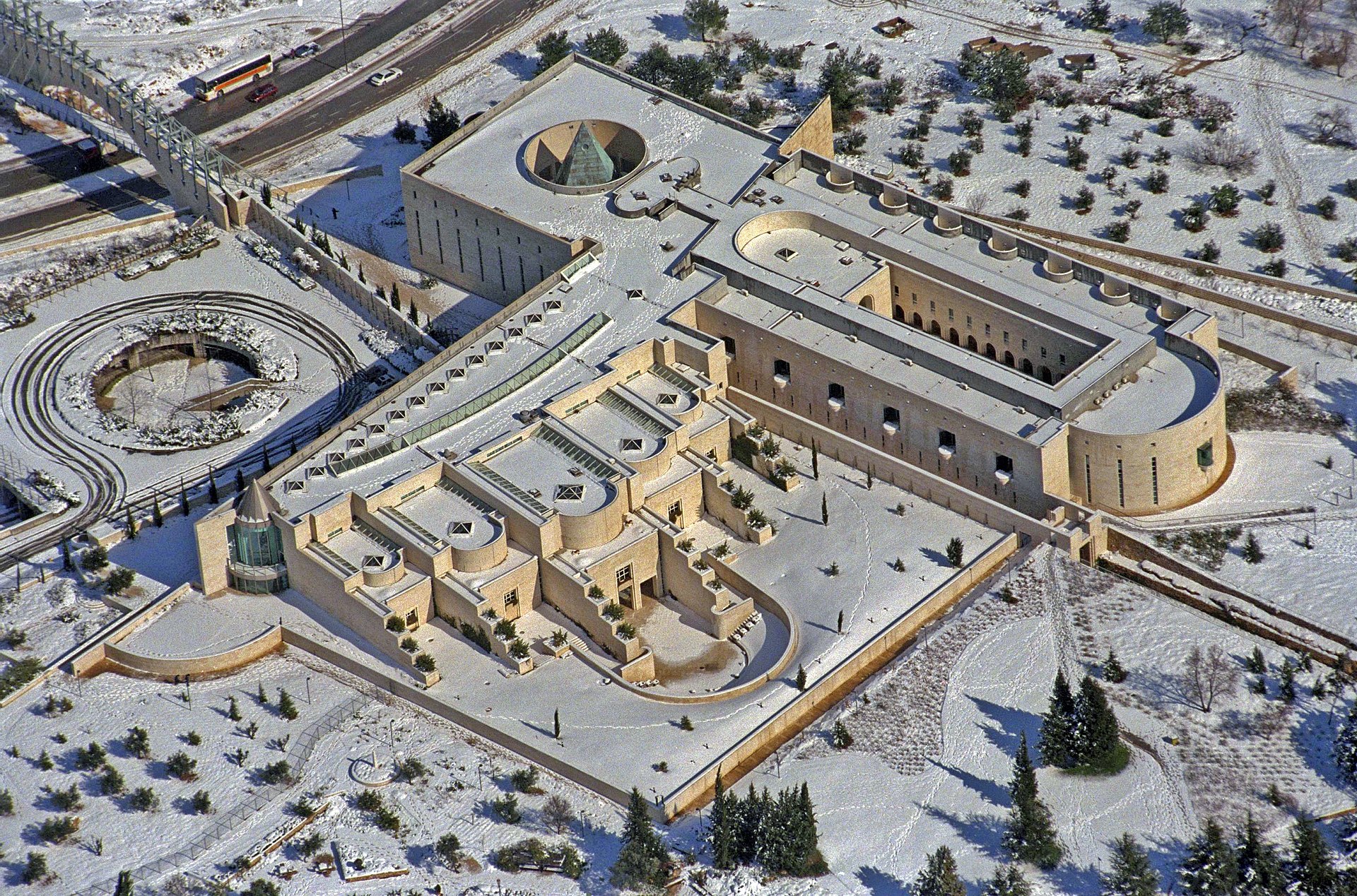10 of the Best Restaurants in Jerusalem
There are so many exciting things about visiting Israel and one of them is definitely the food scene. Israel is an immigrant country, which means that everywhere you look you’ll find dishes that hail from Germany, Tunisia, Russia, Morocco, Austria, Iraq and a few other countries besides. The fact is, your taste buds are in for a great adventure and no more so than in the country’s capital, Jerusalem.Anna Italian Cafe, Jerusalem. Photo fromAnnaItalianCafeInterestingly enough, locals and visitors used to look to Tel Aviv for gourmet and foodie experiences but in recent years, that’s all changed. Jerusalem has suddenly blossomed into a foodie heaven, with an explosion of fantastic restaurants, wherever you turn, and - trust us - there’s something for everyone - meat-lover, fish aficionado, gluten-intolerant, and vegan-friendly besides.Today, we’re going to give you a rundown of the 10 best restaurants in Jerusalem. But before we start, we need to explain to those of you who don’t know a bit about the Jewish dietary laws. They really have an impact on eating out in the city, so it’s good to know in advance what you’re signing up for! Religious (observant) Jews, who make up less than half of Israel’s total population but are well–represented in the capital, abide by ‘halachah’ (Jewish law) and something that is essential for them is the separation of milk and meat. This, in a nutshell, is what is meant by the term ‘kosher’ (though it’s definitely a complicated subject).The Old City of Jerusalem rooftop view.Photo credit: © ShutterstockReligious Jews, therefore, will only eat at restaurants that have certification from a Rabbinical authority. To obtain this, the restaurant must not just keep milk and meat separate (not serving it together in dishes i.e. chicken in a cream sauce) but also keep kitchen utensils in a certain way (to ensure this is done, rabbis will carry out inspections regularly).Moreover, to obtain a kosher certificate, the restaurant cannot be open on the Jewish Sabbath (from Friday at dusk to Saturday evening) as this would involve working and the exchange of money, which is prohibited by Jewish law. It’s important for you to know this, to ensure you don’t arrive at a restaurant on Friday night, anticipating a delicious dinner, and find it in darkness!At the top of each listing, we’re putting each restaurant’s kosher status (whether or not they abide by these laws), and if they are open on Shabbat, to make things easier for you. And one last thing - eating out in Jerusalem is a big trend so we’d advise making reservations in advance, so you don’t end up disappointed. Here you go - and enjoy!View of Jerusalem from the Tower of David.Photo credit: © Shutterstock1. Restaurant Dolphin Yam,Jerusalem (not kosher, open on Shabbat)Located in a preserved building in downtown Jerusalem, this is one of the most popular fish and seafood restaurants in the capital. Dolphin Yam (which means ‘Sea Dolphin’ in English) has a reputation well earned - it’s been in business for over four decades and is renowned for outstanding food, fair prices, and friendly customer service.This Jerusalem restaurant offers all kinds of delicious fish, and an array of seafood scallops, calamari, crab, shrimps, and mussels (all definitely not kosher!). The appetizers are well-known - breads (often focaccia) and salads in huge amounts are brought to your table and, for vegetarians, often a meal in themselves.Other dishes we’d recommend include the roasted head of cauliflower and beef fillet medallions. Although this is a fish restaurant, they do have meat platters (if you’re keen on lamb chops, kebabs, and skewers, with an option to add foie gras). Dolphin Yam has a comprehensive drinks list, including wines from small vineyards in northern Israel. To finish, try the creme brulee or some halva ice cream.Dolphin Yam, Shimon Ben Shatahk 9, tel: 02 623 2272.Aspecialty from the Dolphin Yam restaurant's menu, Jerusalem. Photo fromseadolphin.co.il2. Restaurant Chakra, Jerusalem (not kosher, open on Shabbat)Situated in the city centerthis fine dining restaurant offers fabulous service and a rotating menu, with local wines. Their outside courtyard is perfect for sitting in on a warm summer evening and the decor is as modern as the food.Chakra serves up upscale Mediterranean food, with something for everyone. They have an excellent choice of appetizers, which include chopped liver (a classic Jewish dish), eggplant roasted on an open fire, hummus with green chili, and carpaccio.Mains include tuna tartar, mussels, rump steak, steamed salmon with bok choy, and - for the vegetarians - an artichoke and Reggiano pappardelle, paired with pear, blue cheese, and pecan endive salad. Their excellent wine list includes French and Italian classics with some high-end Israeli wines - Flam, Recanati, and Kastel. Leave room for dessert - their ‘deconstructed lemon tart’ is delicious and the strawberry mega eclair with meringue fingers and whipped cream is to die for. Our tip: try the Jalisco lychee cocktail or one of their excellent grappas. Chakra, 41 King George Street. tel: 02 625 2733.One of the specialties of Chakra restaurant, Jerusalem. Photo from chakra-rest.com3. Angelica Restaurant, Jerusalem (kosher meat)This much-loved high-scale restaurant has a kosher meat menu and offers diners a superb experience, combining exquisite food with exemplary service. The chefs here pay a great deal of attention to presentation and strive to make the food creative. Angelica offers both a dinner menu and a tasting menu for the discerning eater. Appetizers include the chicken liver pate (a classic), smoked trout, beef tartare with capers, and a quail egg. Vegetarians will delight in their mushroom risotto and winter root vegetables. Mains do not disappoint - diners rave about the goose breast, Asado stew, and famous hamburger. The tasting menu costs 290 NIS (92 USD) for five dishes.Some of their best wines come from the Golan Heights and even though this is a kosher meat restaurant, they do serve the lemon tart, chocolate fondant, and ice cream for dessert (which, considering they are not made with milk, are quite delicious). As well as the main restaurant, Angelica offers ‘The Chef’s Room’ (good for private events) and ‘The Stage’ which is ideal for medium-sized groups.Angelica, King George Street, tel: 02-6230056.Kosher Chef Restaurant in Jerusalem - Angelica. Photo fromangelicarest.com4. Mona Restaurant, Jerusalem (not kosher, open on Shabbat)This elegant eatery, situated in a stone building named the Artist’s House, with a tree growing through the indoor part of the restaurant (yes!) is famed for its modern Israeli cooking and a favorite of old-time Jerusalemites. (The Artist’s House, by the way, formerly housed Jerusalem’s famous Bezalel School of Art and Design).Styling themselves as a bistro, of late they have redesigned their menu, which now comprises a larger number of smaller dishes, rather than the traditional ‘appetizer, main, dessert’ idea. Some of these include the New York steak, veal cheek, sashimi with labane (a local cheese) and tomato seeds, and a traditional chicken consomme.Mona’s service is both professional and friendly and the waiters know their stuff - their recommendations are always good. Cocktails have generous amounts of alcohol and the tart tatin is highly recommended. Not cheap, but thoroughly worth it.Mona, Shmuel HaNagid 12 Tel: 2-622-2283.Delicious lunch at Mona Restaurant, Jerusalem. Photo frommonarest.co.il 5. Mamilla HotelRooftop Restaurant, Jerusalem(Kosher but open on Shabbat for cold dishes)Situated on the rooftop of the luxury Mamilla hotel, this fantastic restaurant offers high-quality dining, with spectacular views of downtown Jerusalem thrown in. And let’s face it, there’s nothing like looking down on the Old City, the King David hotel, and the YMCA whilst you sip on a cocktail or indulge in a steak.The Rooftop Mamilla serves a very sophisticated menu, including dishes such as ‘duck in a blanket’, foie gras, sashimi, roasted goose breast, and delicious mushroom risotto for the vegetarians. This restaurant has a reputation for employing knowledgeable sommeliers with a superb array of wines both from Israel and abroad. Their desserts do not disappoint either - try the sorbet on a hot evening or the coconut malabi (a new twist on a classic Middle Eastern dessert).Mamilla Rooftop is kosher but it is actually possible to eat there on Shabbat - there are restrictions (cold food and payment beforehand) but it’s very doable. But whenever you’re going, book ahead, because this is a very popular venue.Rooftop Mamilla, 11 King Solomon Street, 02-5482230Goose breast, asparagus and sautéed green onions in maple sauce,Rooftop Mamilla. Photo from mamillahotel.com6. Piccolino Restaurant, Jerusalem (kosher dairy)You’ll find Piccolino in theNahalat Shiva neighborhood. This no-meat kosher dairy restaurant has a good reputation, friendly service, live music, and delicious soups, salads, pasta, pizza, and fish.The varied menu includes a cheese plate appetizer, various antipasti, and mains that include the truffle and salmon pizza, eggplant parmesan, and arancini (traditional fried Roman rice balls). Fish lovers will enjoy the salad with tuna steak and Norwegian salmon drizzled with a citrus vinaigrette. For dessert, we’ve heard good things about their pecan pie, creme brulee, and cheesecake. And as well as beer and wine, they also serve milkshakes. Yum!Piccolino, Yo’el Moshe Solomon tel: 02-624-4186.A dish from the Piccolino restaurant menu, Jerusalem. Photo from piccolino.co.il7. Anna Restaurant, Jerusalem (kosher dairy)Close to Ben Yehuda Street in New Jerusalem, you’ll find ‘Anna’ in the Anna Ticho House, a historic building with a beautiful interior - it was one of the first homes built outside the Old City, in the 1860s. Serving delicious Italian food with an Israeli twist, it’s a wonderful place to eat lunch or dinner.Anna has a diverse wine list and knowledgeable staff.Chef Nimrod Norman serves up an array of simple yet fantastic dishes including sea bass, salmon, ravioli, and pappardelle. His signature dish - ‘Gnocchi Anna’ - is well-known for its soft, fresh pasta, roasted tomatoes, asparagus, and creme fraiche.And don’t forget to save room for dessert. Whether it’s lemon tart, tiramisu, or key lime pie, you won’t be disappointed - and the espresso at the meal’s end will blow your mind! HaRav Agan 10, tel: 02 645-3746.A dish from the Anna restaurant menu, Jerusalem. Photo fromdualis.org.il8. MachneYuda Restaurant, Jerusalem (not kosher, open on Shabbat)Possibly the hottest restaurant in Jerusalem at the moment, this eatery is located just a stone’s throw from the famous Mahane Yehuda Market and is a must-visit for anyone who loves food. Whatever you choose will be good - salmon gravlax, prime rib, seafood pasta, or a simple polenta ragout. Dishes that diners rave about include Amberjack tartare with a wasabi vinaigrette, oxtail and Jerusalem artichoke, and refreshing gazpacho. Wash it down with one of their famous cocktails or a shot of Arak (a local spirit) and don’t forget to order their chocolate mousse - it’s out of this world.Cooks in a restaurantMachneYuda, Jerusalem.Photo frommachneyuda.co9. Touro Restaurant, Jerusalem (kosher meat)Situated in the picturesque neighborhood of Mishkenot Shaananim, with the Old City and Kidron Valley as its backdrop, this first-class kosher meat eatery will leave you truly longing for more. Known as a fine-dining establishment, service is both attentive and yet relaxed and the staff really do go above and beyond for their guests.For appetizers, we’d recommend the charred eggplant or Asiatic salad. For mains, try the mushroom and chestnut risotto, gnocchi beef fillet, or tagliatelle Alfredo with soy cream. And for dessert? For the risk-averse, there’s a strawberry sorbet but if you really want to push the boat out, order the chocolate bonbon with crema, cherries, and coconut patisserie cream. Costly, but definitely worth it.Touro, Sh.A. Nakhon Street 2, tel: 02 570-2189. A dish from the menu of theTouro Restaurant, Jerusalem. Photo fromtouro.co.il10. Adom Restaurant, Jerusalem (not kosher, open on Shabbat)Adom (‘Red’ in Hebrew) is a restaurant in one of the most beautiful and historic buildings in Jerusalem - the historic train station area. Now known as ‘The First Station’ complex, it is located in Emek Refaim, the heart of the German Colony, a charming and vibrant neighborhood and particularly popular with young people. Adom is a wine bar and restaurant offering a stylish and tasty menu and that, combined with its extensive wine collection and vibrant atmosphere, may be why it’s been voted one of Israel’s top ten restaurants. Adom’s menu changes regularly and on it, you’ll find salads, pasta, fish, seafood, and meat. A cheeseburger from the menu ofAdom Restaurant, Jerusalem. Photo fromwww.adom.restCarnivores will delight in the chicken liver pate or delicious Osso Bucco and vegetarians can feast on vegan shawarma and the ‘Beyond Meat’ hamburger. You can also order fish fillet specials and a variety of seafood, courtesy of the talented chefs Eran Buzaglo and Moti Davis.In terms of alcohol, Adom serves a range of boutique Israeli wines as well as some amazing desserts. We’d be remiss not to recommend you try the kadaif mille-feuille, made with a labane mousse and white chocolate and pistachio ganache. Round it off with grappa and you’ll leave Adom sated and smiling. Our tip: Check out their lunch specials at 69 NIS and 99 NIS respectively. Adom, David Remez 4, tel: 02 624-6242.Interested in Israeli cuisine? Then feel free to join the Carmel Market Food Tour or Israeli Street Food Tourin Tel Aviv, Israel's gastronomic capital. For those wishing to explore Jerusalem, we offer a wide range of Jerusalem toursAdom Restaurant, Jerusalem. Photo fromadom.restaurant
